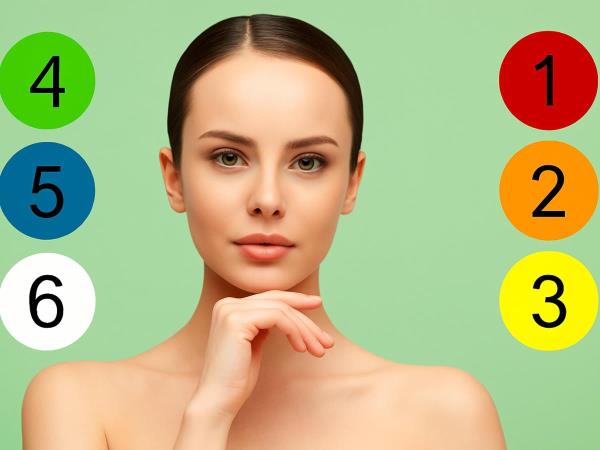The explanation below, of course, depends on the type of skin, complexion, level of physical activity, and many other factors, but it at least helps us roughly identify certain symptoms. General practitioners are especially trained in recognizing these shades, but you can learn to do it too.
1. Red: this is mostly a reaction to stress, anger, fear, or some other extreme emotional state. It can also be a result of food or drink that we have consumed.
2. Orange: this color mostly appears with issues related to the pancreas or spleen.
3. Yellow: a yellowish face is a subtle warning that something is wrong with your liver and gallbladder.
4. Green: this can occur as a result of digestive problems, too much medication intake, also urinary problems, and very often it is a sign of hypochromic anemia or a lack of iron in the blood.
5. Blue: this is usually a sign of increased hemoglobin concentration in the body, which means a lack of oxygen.
6. White: a pale face is a sign of weakened thyroid gland and inactive liver. It also indicates a weakened immune system, anemia, and it is often also a sign of kidney problems.
Datum: 10. NOV 25 - GOOD TO KNOW
What does a change in the color of your face mean?
Do you notice that people sometimes have a bluish, red, green, or pale face? What do face colors reveal about our health?
(FW)
 Would you like to be informed about news on the website?
Would you like to be informed about news on the website?
Just enter your e-mail
Face color health
Red face symptoms
Yellow skin liver
Green face digestion
Blue face oxygen levels
|
Copyright (c) Foodwhisper.com March 2018 |
π | Contact: info@foodwhisper.com |
About us | Facebook |  |









